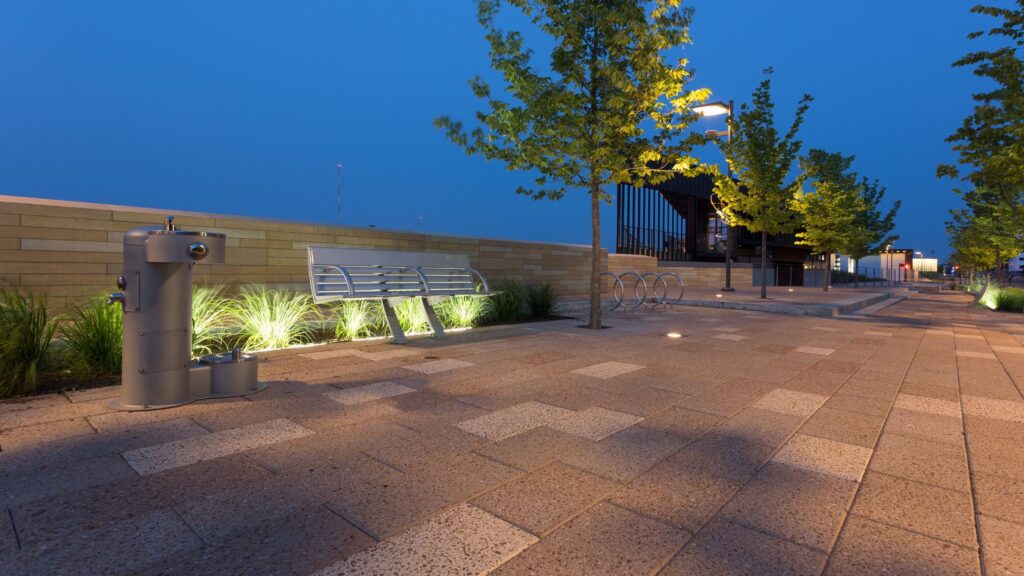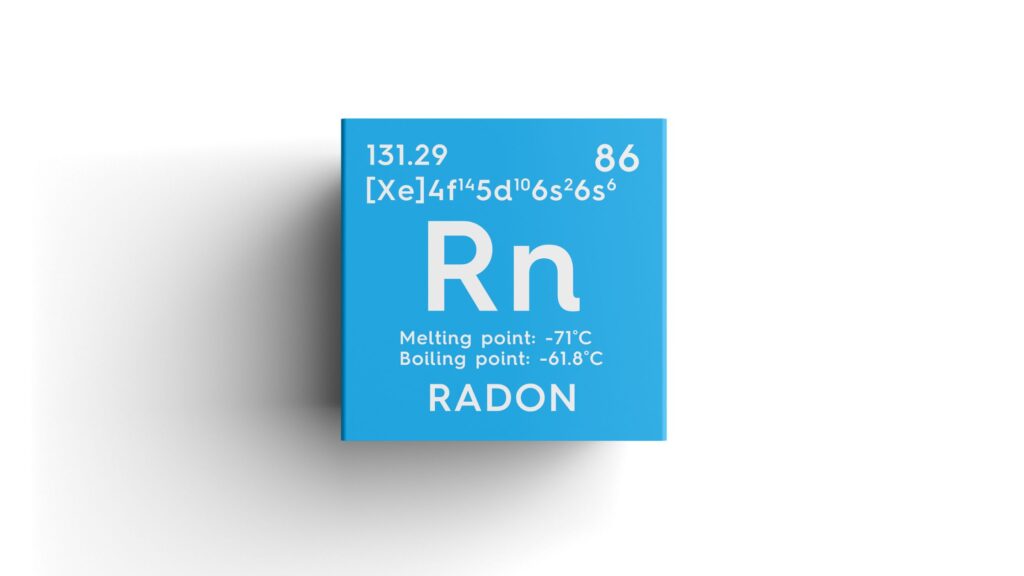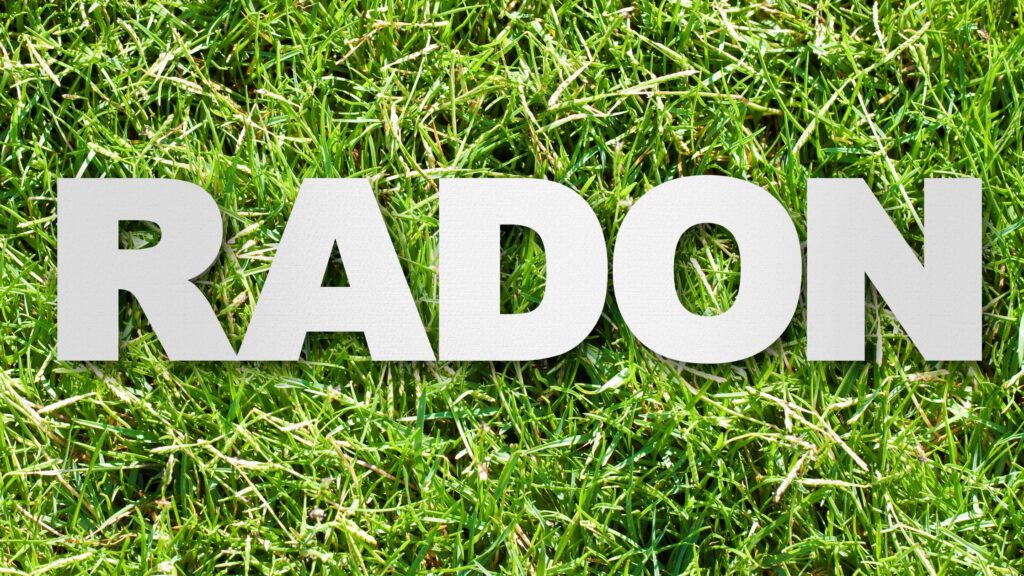Living in West Des Moines comes with many advantages, but there’s one hidden danger that many homeowners overlook—radon gas. This invisible, odorless, and radioactive gas can easily go unnoticed without testing. Over time, breathing in high levels of radon can increase the risk of lung cancer. That’s why choosing reliable West Des Moines radon solutions is so important for keeping your home and family safe. In this guide, you’ll learn simple and effective ways to detect, reduce, and prevent radon exposure, so you can enjoy a healthier living environment.

1. Understanding the Radon Threat
Radon is a naturally occurring gas that forms when uranium in soil and rock breaks down. Since Iowa’s soil contains high levels of uranium, homes in West Des Moines are more likely to have elevated radon levels. This gas can enter through small cracks and openings in the foundation, then build up inside, especially in areas with poor ventilation. Over time, breathing in radon can lead to serious health problems. That’s why West Des Moines radon solutions are not just a safety measure—they’re an essential step in protecting your home. Learn more about How Experts Help Prevent Symptoms of Radon Exposure.
2. Why Testing Always Comes First
You can’t solve a problem without knowing it exists. The only way to know if your home has unsafe radon levels is through proper testing. Radon concentrations change with the weather, ventilation, and even the time of year. In colder months, when homes are sealed up, levels often peak. By testing first, you get a clear picture of your home’s radon situation—making it easier to choose the right West Des Moines radon solutions for lasting protection.
3. Types of Radon Tests
Short-term radon tests measure gas levels over a period of two to seven days. They provide quick results, making them ideal for getting an initial snapshot of radon levels. Homeowners often use short-term tests when they need fast decisions, such as during a real estate transaction or before starting basic preventive measures.
Long-term radon tests run for 90 days or longer, tracking fluctuations across different weather conditions and seasons. Because radon levels can change throughout the year, long-term testing gives a more accurate average. This information is crucial when planning long-term radon mitigation in West Des Moines, as it helps ensure the selected solution effectively manages your home’s year-round radon levels.
4. How Mitigation Systems Work
The core of most West Des Moines radon solutions is an active mitigation system. The most common type, called sub-slab depressurization, works in three main steps:
4.1 A suction point is created beneath the home’s foundation.
4.2 PVC pipes are installed to carry radon safely above the roof line.
4.3 A continuously running fan pulls the gas from under the house and vents it outdoors.
Sealing any cracks in the foundation, improving airflow, and reducing moisture can make the system work even better. However, an active mechanical system remains the most effective way to lower indoor radon levels and keep your home safe.

5. Key Preventive Measures for Homeowners
Before setting up a complete mitigation system—or even alongside it—homeowners can take simple steps to reduce how much radon enters their homes:
- Seal cracks and openings in floors, walls, and around pipes to block easy entry points.
- Install airtight covers over sump pits to prevent radon from rising through them.
- Improve ventilation in basements and crawlspaces to keep air moving and dilute radon levels.
- Use sub-membrane depressurization if you have a dirt-floor crawlspace, which involves placing a plastic barrier and venting radon from beneath it.
These preventive measures help limit radon from getting inside, making professional West Des Moines radon solutions work more efficiently and effectively.
6. Choosing Certified Radon Professionals
Choosing the right professional is key to getting long-lasting results. When comparing providers, look for:
- Proper certification from trusted organizations like NRPP or NEHA to ensure quality and compliance.
- Local expertise with West Des Moines soil conditions, foundation types, and building styles.
- Complete services that cover everything—from radon testing to custom mitigation design and follow-up testing.
- Clear communication about the installation process, expected results, and maintenance tips.
Working with a certified and experienced specialist ensures your West Des Moines radon solutions are effective, reliable, and built to meet the highest safety standards.
7. Maintenance and Long-Term Monitoring
Radon mitigation systems are highly effective, but they need consistent care to maintain peak performance. A well-maintained system not only keeps radon levels low but also extends the lifespan of the equipment. To ensure your system continues working properly:
- Check the pressure gauge every month to verify the fan is running and the system is maintaining proper suction. A sudden drop in pressure could mean there’s a leak or blockage that needs attention.
- Keep the fan’s exhaust area clear from snow, leaves, dirt, or any debris that could restrict airflow. Obstructions reduce efficiency and may allow radon to build up indoors.
- Schedule professional retesting at least every two years, or sooner if you’ve remodeled, added new rooms, or made changes to your foundation. Home improvements can alter airflow patterns and affect radon levels.

8. Conclusion
Radon may be invisible, but its dangers are very real. The right West Des Moines radon solutions safeguard your health, protect your home’s value, and give you lasting peace of mind. By combining regular testing, professional mitigation, and proper maintenance, you can remove a serious indoor health risk from your life.For dependable and certified West Des Moines radon solutions, trust DSM Radon. Their experienced team provides expert radon testing, mitigation, water treatment, and air purification services—helping you keep your home safe and healthy all year long.





